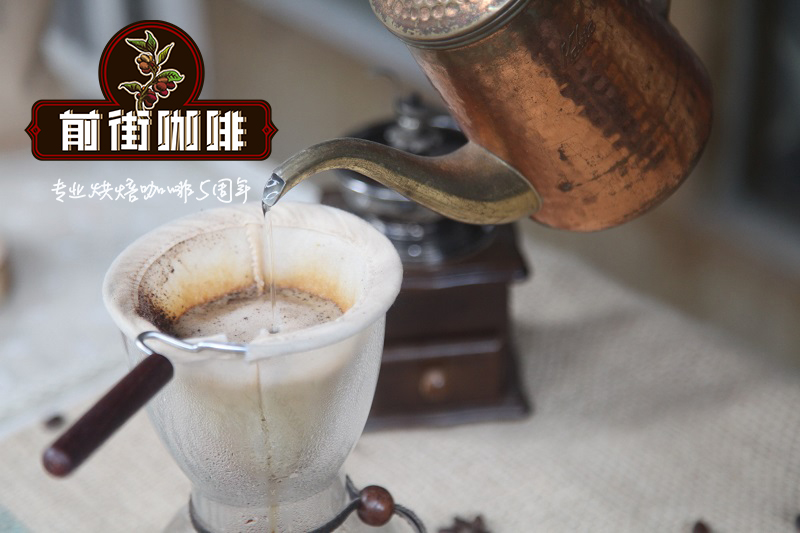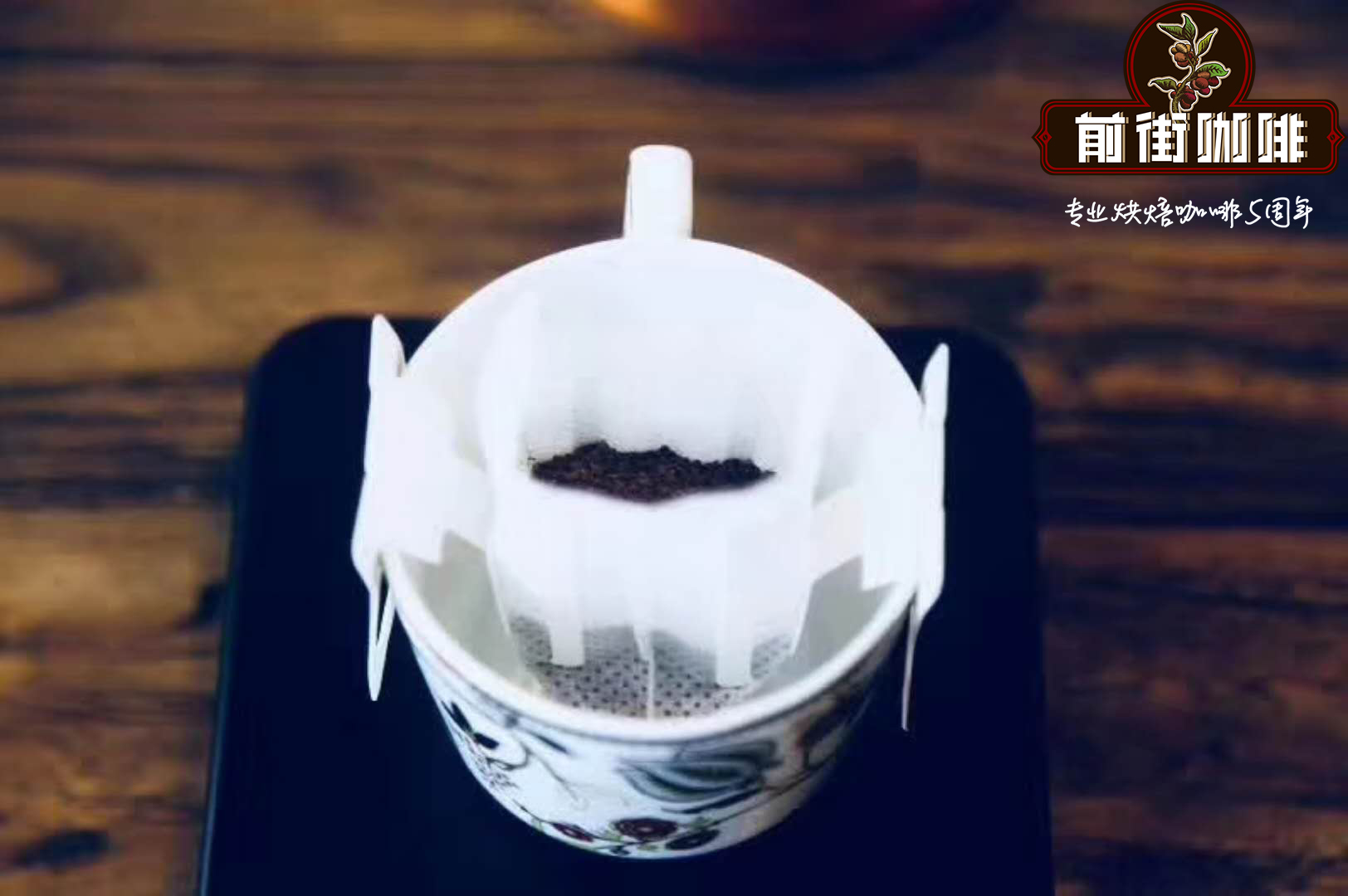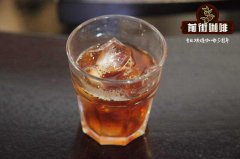The difference between hanging-ear Coffee and Instant Coffee the correct way to make black coffee is recommended.

Professional coffee knowledge exchange more coffee bean information please follow the coffee workshop (Wechat official account cafe_style)
Order a fresh mill book in a cafe, buy a Starbucks on the way from home to the office, and stuff a "capsule" into the machine during tea gossip? Or is it from grinding beans to hand rush to enjoy a stylish life, or randomly grabbing a bag of instant solutions just not to fall asleep the next second?
Actually, there's another way. The Japanese, who are keen on market segmentation to the extreme, have found a balance between convenience and quality, and have designed a product with an earbag of coffee.
In 2001, Japan's UCC Ujima Coffee invented the hanging ear bag coffee and registered a patent, which was then introduced to the market. In Japanese, it is called "a cup of extracted coffee". This is because its principle is to put the coffee powder in a filter bag of non-woven cloth or cotton paper, with two pieces of paper splint on the outside, which can be hung on a narrow cup. After brewing, you can drink fragrant black coffee directly.

And the two pieces of paper that stand at the mouth of the cup like "ears" is the origin of the name "hanging earbags". Because it is easy to operate and portable, the brewed coffee tastes much stronger than instant coffee. Today, earbag coffee has occupied 15% of the market share of ordinary coffee in Japan.
But in China, even in 2010, few people have heard of the name "hanging earbag". So far, it is not very popular in China. Search for "coffee" on Taobao, and the number of babies is 1.5175 million, while if the keyword is reduced to "hanging-ear coffee", the number of babies is only 5455, and the brands are also concentrated in Colin, UCC, Brook's and other foreign manufacturers.
Most Chinese people start their first cup of coffee with instant coffee. Instant coffee, developed by Nestle in 1930, is still the "mainstream form" of coffee consumption. But for those who drink coffee as part of their daily life, the concept of "how can instant coffee be called coffee" has become very common.
Most of the customers who buy hanging-ear coffee are also those who buy coffee beans. This group of people, aged between 25 and 35, need to cope with busy work and life, have a fixed demand for freshly ground coffee, but need more convenient alternatives on business trips, travel and other occasions. In addition, after all, it takes enough money to make a cup of fresh coffee from grinding beans (to buy a coffee maker and all kinds of other equipment) and enough time to learn. However, instant coffee obviously does not meet the taste requirements of these people, so it takes less than 3 minutes to hang up the earbag at a time.
The price of a bag of hanging ears is usually around 7-10 yuan, which is slightly more expensive than coffee beans of the same number of grams, because labor costs are taken into account. At present, Chinese people spend about 70 billion yuan a year on coffee, which is expected to grow by 15 per cent a year.
But although the space is large, it is not so easy to enter. You need to have a long-term stable coffee bean supplier with quality assurance. These suppliers are usually distributed all over the world and require you to make reasonable purchases according to the tastes of your customers. No wonder hanging ears are usually sold as derivatives of shops that have long been in the boutique coffee bean business, and it is a bit difficult to sell them from scratch.
Even if the problem of coffee powder is solved, the choice of the filter bag itself is very fastidious. This product is patented in Japan, and the process is relatively complex, and only a few manufacturers produce it in Japan.
Without all the equipment that needs to be purchased, spending a few more yuan on an earbag may be the closest to the real experience of hand-brewing coffee. Such "small and beautiful" may also be the reason for the popularity of earbags.
Important Notice :
前街咖啡 FrontStreet Coffee has moved to new addredd:
FrontStreet Coffee Address: 315,Donghua East Road,GuangZhou
Tel:020 38364473
- Prev

What is Japanese iced coffee? The method of making Japanese iced coffee.
Professional coffee knowledge exchange more coffee bean information please follow the coffee workshop (Wechat official account cafe_style) if you are tired of drinking cold coffee, don't worry, you are not alone, there are many people want to try a new coffee ice drink, maybe Japanese iced coffee is your best choice! Many people think that if you soak the coffee powder in ice water overnight, the coffee will become insipid.
- Next

What is honey treatment? What is the difference between yellow honey, red honey and black honey?
What is honey treatment? Honey/Miel Process Pulped Natural Honey Process, also known as Honey Coffee, is used in coffee plantations in Costa Rica, Panama and Guatemala. in
Related
- What is the meaning of lactic acid fermentation with coffee bean treatment?
- How to judge the state of foam by sound?
- How does the latte pull out the unicorn pattern? Come to get for a little trick to improve the flower pull!
- Will flower pulling affect the taste of the latte?
- Do you know the history of coffee?
- The difference between honey treatment and sun washing what is raisin honey treatment?
- What kind of milk can a novice use to make coffee foam to keep the foam longer? The correct method and skills of milking tutorial sharing
- Why do washed coffee beans taste sour? Flavor characteristics of washed Coffee
- Introduction to the skill of how to practice the size and height of water injection around the circle of hand-brewed coffee
- How do beginners practice coffee flower drawing from scratch?

